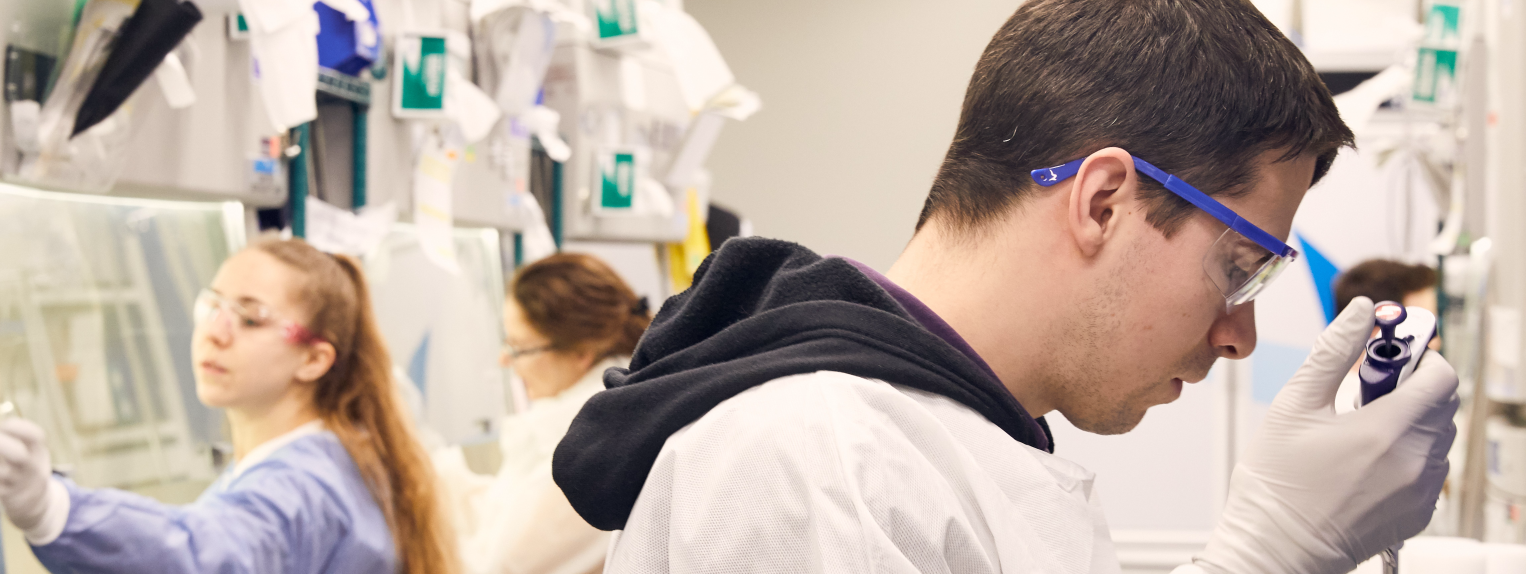
ex-vivo gene therapy
data set in the world.
our approach to gene therapy
bluebird bio is focused on gene addition. In gene addition therapies, functional copies of a gene are delivered to a patient’s stem cells using a delivery system called a “vector.” bluebird bio uses lentiviral vectors (LVVs) because they have unique properties that are well-suited to treating a range of severe genetic diseases.
Since each disease has a different underlying cause, we customize every gene therapy – through the design of the specific LVV used and manufacturing process – with the goal of addressing the respective cause of the various complex diseases we are aiming to treat.
LVV gene therapies are designed to be administered only once, and use different LVVs and manufacturing processes that are customized to allow a patient's body to produce the right protein where it is needed in the body.
LVV gene therapy has been deeply studied. In bluebird bio clinical trials, approximately 170 patients have been treated with investigational LVV gene therapies, with follow-up of up to seven years – which translates into more than 500 patient-years of experience.
The nature of LVV gene addition means these therapies are traceable, providing the ability to actively identify and track LVV-modified cells after delivery to a patient.
We have a knowledge base and tool set that allows experts to evaluate the potential role that gene therapy may have played in an adverse reaction.
Sophisticated and precise integration site analysis maps exactly where our LVVs integrate into the genome, enabling us to assess impact on DNA and monitor patients. With follow-up and tracking of LVV-modified cells for 15 years post-treatment with our investigational gene therapies in our clinical trials, we are driving the science in order to understand the safety – as well as the efficacy – of LVV gene therapy.
Through our robust research into LVVs to date, we have gained unique insights and applied these learnings to improve our clinical development programs.
We wouldn’t be here today without our ongoing collaboration with scientists, healthcare providers and most importantly, people with severe genetic diseases and their families and caregivers. Together, we are determined to build a brighter future for people living with severe genetic diseases.